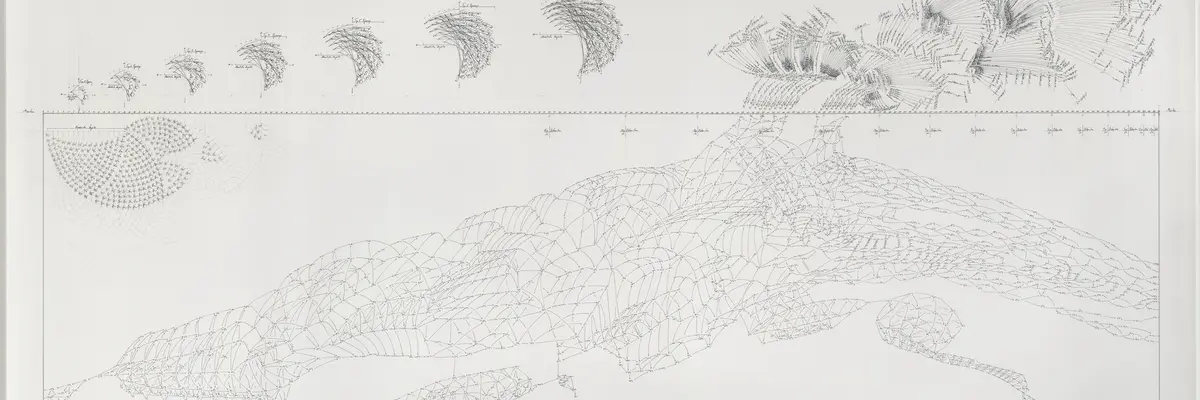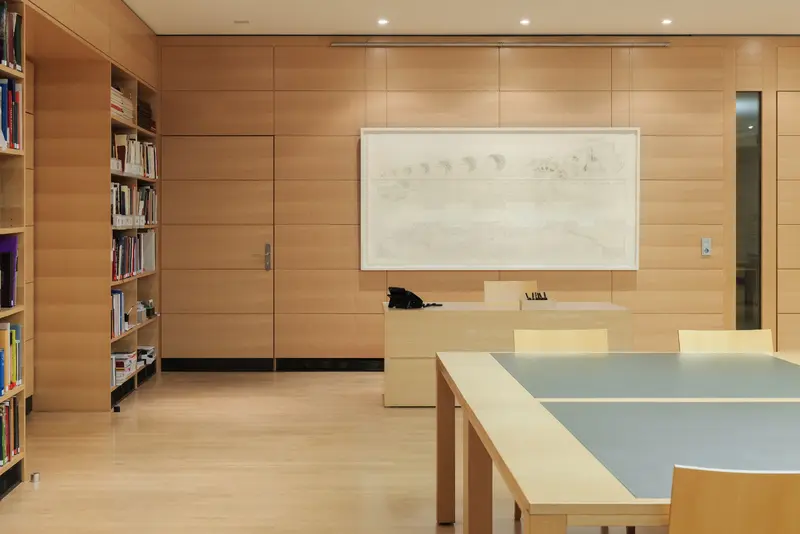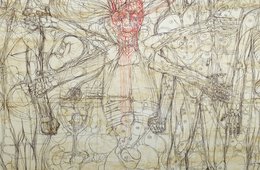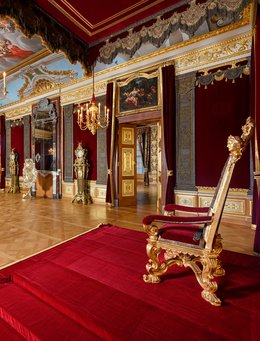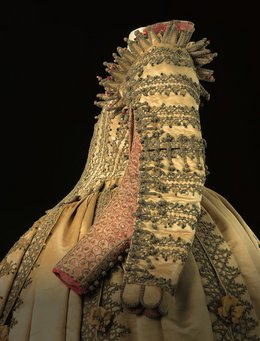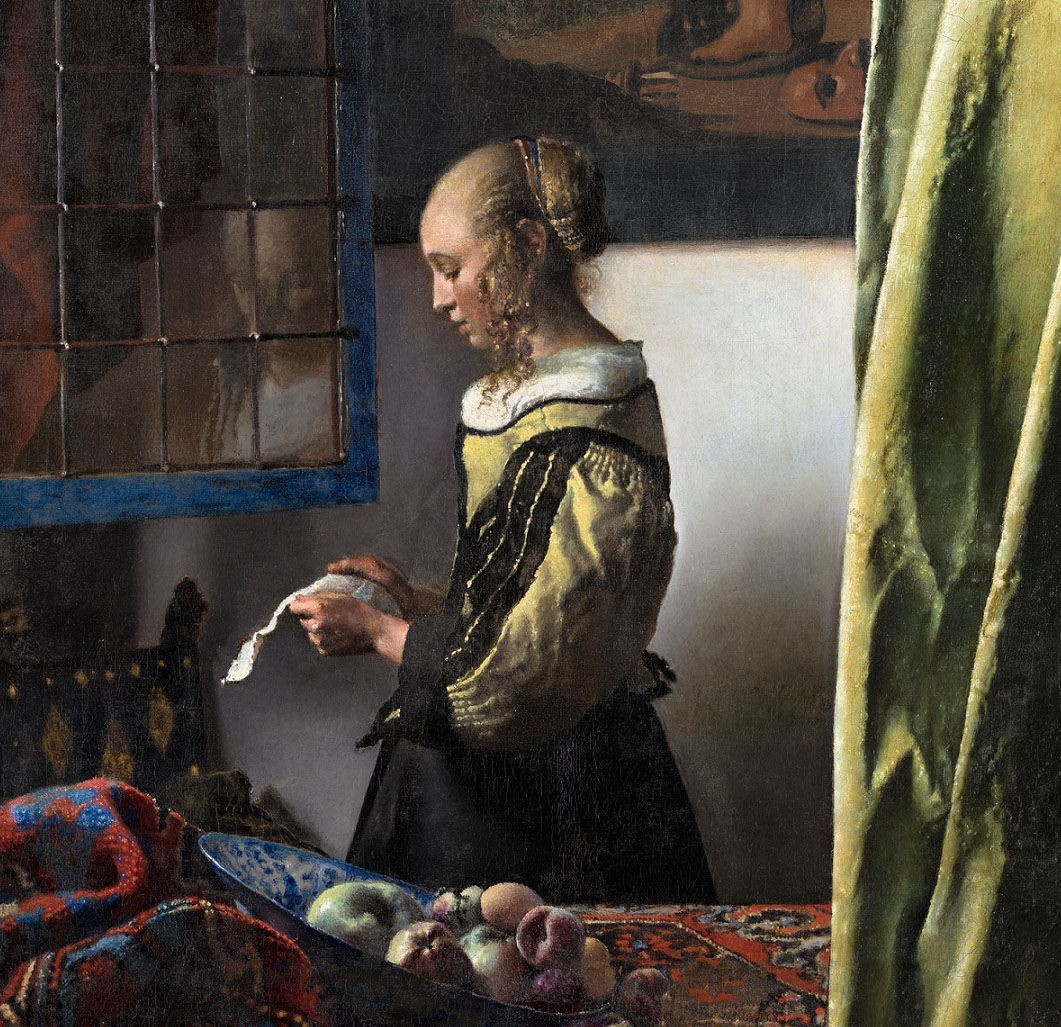Beiden Werken
Common to both works is the attempt to visualise acoustic phenomena in a visual medium. In the mid-19th century, the relationship between music and the fine arts underwent a redefinition and it seemed that the boundaries between the different arts were becoming less distinct. In painting, the inner world of emotions came to the fore, eclipsing the significance of the depicted objects. The painters of the period, prominently among them Carl Gustav Carus, often put this notion on the canvas using musical allegories: Music, with its fleeting, immaterial nature and its expression of inner poetry, was perhaps the art form that corresponded most closely to the Romantic ideal.
